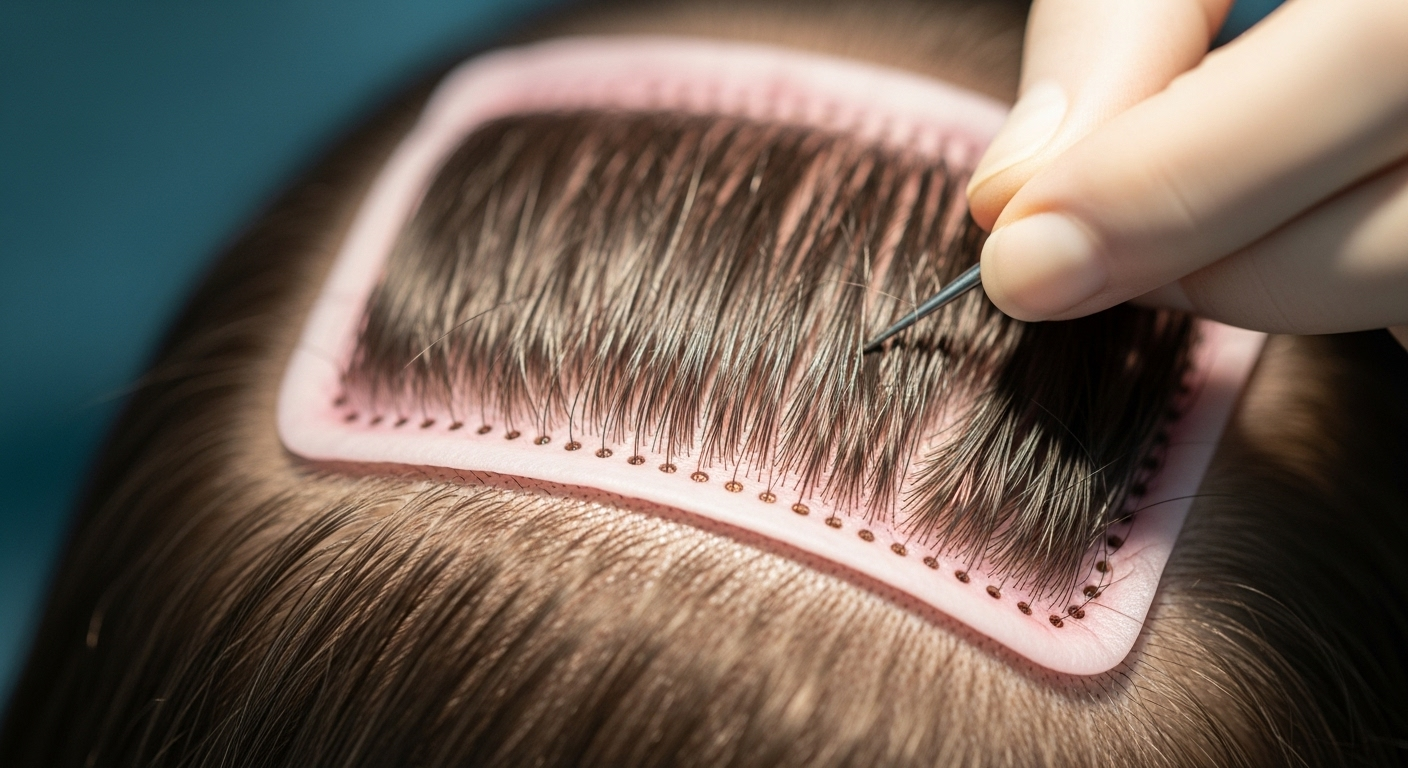Hair Transplants: Restoring Confidence Through Science
Hair loss affects millions worldwide, impacting self-esteem and confidence. For centuries, people have sought solutions to combat baldness, from ancient Egyptian remedies to modern medical interventions. Among these treatments, hair transplants have emerged as a leading option, offering hope to those struggling with hair loss. This revolutionary procedure has transformed lives, allowing individuals to regain their youthful appearance and boost their self-image. As technology and techniques continue to advance, hair transplants have become increasingly sophisticated, natural-looking, and accessible to a broader range of patients.

As the field progressed, surgeons developed more refined techniques. The 1990s saw the introduction of follicular unit transplantation (FUT), also known as the strip method. This technique involved removing a strip of hair-bearing scalp, dissecting it into individual follicular units, and transplanting these units to the recipient area. FUT allowed for more natural-looking results but left a linear scar at the donor site.
The early 2000s brought about follicular unit extraction (FUE), a minimally invasive technique that revolutionized the industry. FUE involves extracting individual follicular units directly from the scalp using small punches, eliminating the need for a linear incision. This method results in minimal scarring and a quicker recovery time, making it increasingly popular among patients and surgeons alike.
Modern Advancements in Hair Transplantation
Recent years have seen remarkable advancements in hair transplant technology and techniques. Robotic-assisted hair transplantation, such as the ARTAS system, has increased precision and reduced human error in the FUE process. This technology uses artificial intelligence to identify and extract the best hair follicles for transplantation, ensuring optimal results.
Another innovative approach is platelet-rich plasma (PRP) therapy, often used in conjunction with hair transplants. PRP involves injecting a concentration of the patient’s own platelets into the scalp to stimulate hair growth and improve transplant success rates. This combination of procedures has shown promising results in enhancing overall hair density and quality.
Stem cell research has also opened new possibilities in hair restoration. Scientists are exploring ways to use stem cells to regenerate hair follicles, potentially offering a solution for those with limited donor hair. While still in its early stages, this research holds immense promise for the future of hair transplantation.
The Psychological Impact of Hair Restoration
The effects of hair transplants extend far beyond physical appearance. For many individuals, hair loss can lead to decreased self-confidence, anxiety, and even depression. Restoring a full head of hair through transplantation can have profound psychological benefits, improving overall quality of life and mental well-being.
Studies have shown that successful hair transplants can lead to increased self-esteem, improved body image, and greater social confidence. Patients often report feeling younger, more attractive, and more self-assured in both personal and professional settings. This boost in confidence can have ripple effects throughout various aspects of life, from relationships to career advancement.
However, it’s crucial to manage expectations and understand that hair transplants are not a cure-all for underlying psychological issues. Mental health professionals often work alongside hair restoration specialists to address the emotional aspects of hair loss and ensure patients have realistic expectations about the outcomes of their procedures.
Choosing the Right Surgeon and Procedure
With the increasing popularity of hair transplants, it’s essential for potential patients to do thorough research and choose a qualified, experienced surgeon. The success of a hair transplant largely depends on the skill of the surgeon and the appropriateness of the chosen technique for the individual’s specific case.
Factors to consider when selecting a surgeon include their qualifications, experience, before-and-after photos of previous patients, and patient reviews. It’s also important to have a comprehensive consultation to discuss expectations, potential risks, and the most suitable approach for the individual’s hair loss pattern and goals.
The choice between FUT and FUE depends on various factors, including the extent of hair loss, donor hair availability, and personal preferences regarding recovery time and scarring. Some patients may even benefit from a combination of techniques to achieve optimal results.
The Future of Hair Transplantation
As research and technology continue to advance, the future of hair transplantation looks promising. Scientists are exploring hair cloning techniques, which could potentially provide an unlimited source of donor hair. This breakthrough would revolutionize the field, making hair restoration accessible to those with severe hair loss or limited donor hair.
Advancements in bioengineering may also lead to the development of synthetic hair fibers that closely mimic natural hair. These artificial hairs could be used in conjunction with or as an alternative to traditional hair transplants, offering new possibilities for hair restoration.
Furthermore, ongoing research into the genetic and hormonal factors contributing to hair loss may lead to more targeted, personalized treatments. By understanding the underlying causes of hair loss at a molecular level, scientists hope to develop interventions that can prevent or reverse hair loss before it becomes noticeable.
In conclusion, hair transplants have come a long way from their humble beginnings, evolving into a sophisticated, effective solution for hair loss. As techniques continue to improve and new technologies emerge, the future holds even greater promise for those seeking to restore their hair and confidence. While hair transplants may not be suitable for everyone, they offer a viable option for many individuals looking to address their hair loss concerns and improve their overall well-being.



